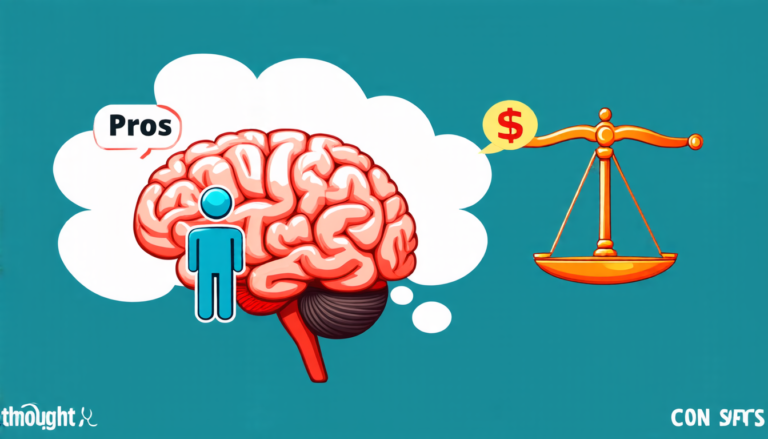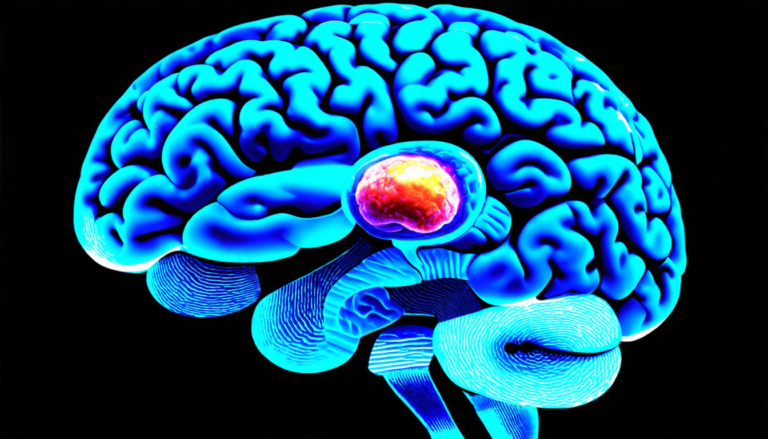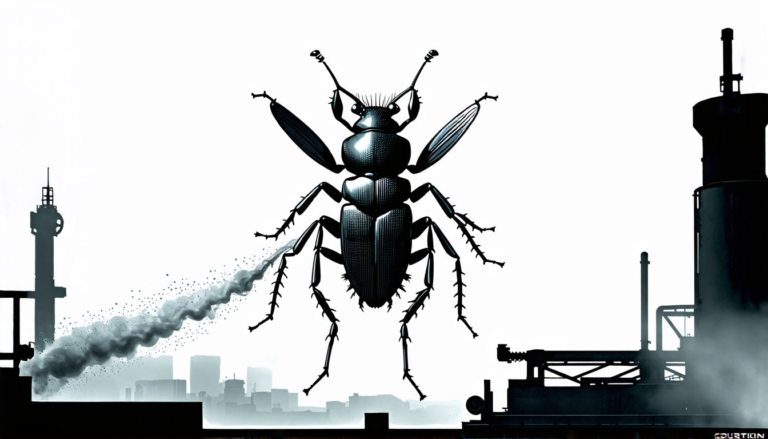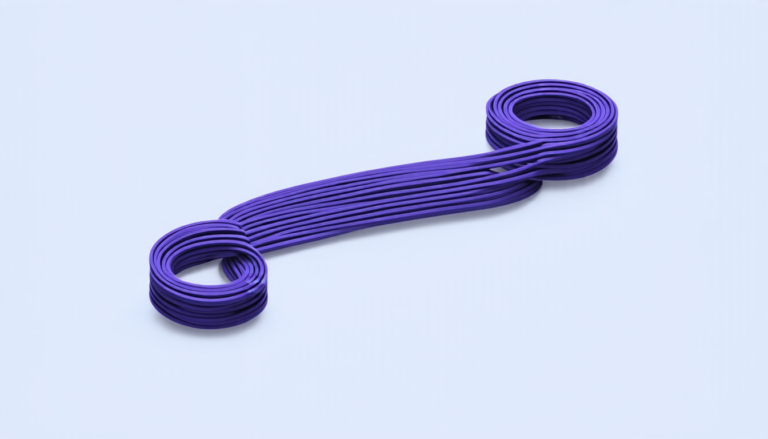Wednesday 04 June 2025
Scientists have made a significant breakthrough in developing a new computer algorithm that can accurately reconstruct 3D images from multiple 2D photographs. This technology has the potential to revolutionize fields such as architecture, engineering, and even filmmaking.
The algorithm, called GC- MVSNet++, is an enhancement of previous methods that relied on complex mathematical calculations to combine information from multiple images. These calculations often resulted in inaccurate or incomplete reconstructions. The new algorithm, however, uses a combination of machine learning techniques and traditional computer vision methods to produce more accurate and detailed 3D models.
One of the key innovations behind GC-MVSNet++ is its ability to incorporate geometric consistency checks during the training process. This means that the algorithm can learn to recognize patterns and relationships between different images and adjust its reconstruction accordingly. For example, if two images show a building with a distinctive feature, such as a chimney or a window, the algorithm can use this information to refine its 3D model.
The algorithm also incorporates a novel cost regularization network, which helps to reduce errors and improve the overall accuracy of the reconstructions. This is achieved by using a combination of convolutional neural networks (CNNs) and recurrent neural networks (RNNs) to analyze the relationships between different images and adjust the reconstruction accordingly.
To test the algorithm, researchers used a dataset of 2D photographs taken from multiple angles and directions. They then compared the results produced by GC-MVSNet++ with those produced by other state-of-the-art algorithms. The results showed that GC-MVSNet++ was able to produce more accurate and detailed 3D models than any other algorithm tested.
The implications of this technology are significant. For example, in architecture and engineering, accurate 3D models can be used to plan and design buildings, bridges, and other structures. In filmmaking, high-quality 3D models can be used to create realistic special effects and environments. And in fields such as archaeology and anthropology, 3D reconstructions of historical sites and artifacts can provide valuable insights into the past.
While there are still challenges to overcome before GC-MVSNet++ is widely adopted, this breakthrough has the potential to transform a wide range of industries and applications. As researchers continue to refine and improve the algorithm, we can expect to see even more impressive results in the future.
Cite this article: “Revolutionary Algorithm Reconstructs Accurate 3D Images from 2D Photos”, The Science Archive, 2025.
Computer Vision, Machine Learning, 3D Reconstruction, Image Processing, Algorithm, Architecture, Engineering, Filmmaking, Archaeology, Anthropology







